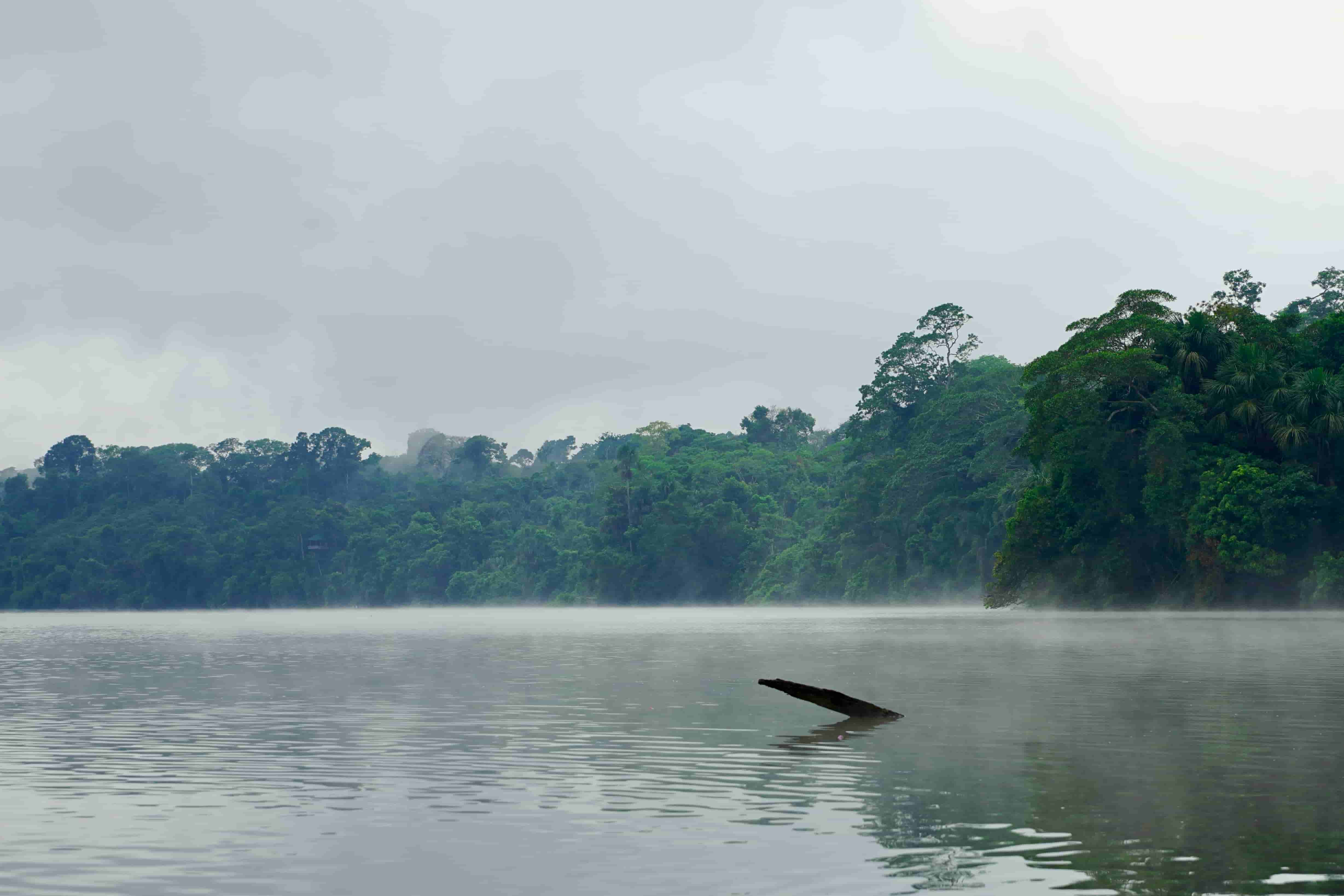Tropical forests are some of the most biodiverse ecosystems on the planet, providing countless benefits to humans and wildlife. Yet, they are being reshaped by human activity at an alarming rate. Deforestation, fragmentation, and local disturbances like logging and fires are altering the makeup of these forests, creating “winners” and “losers” among plant species.
A new study sheds light on how these changes affect the traits of trees and the balance of species in human-modified forests. By analyzing over 1,200 tree species across the Amazon and Atlantic Forests in Brazil, researchers uncovered predictable patterns of change that could have far-reaching consequences for biodiversity and the essential services forests provide.
What Makes a Winner or Loser in the Forest?
Human activities such as deforestation create conditions that favor some tree species while making survival difficult for others. Trees with traits that enable them to adapt to disturbances, such as lightweight wood and small seeds, thrive in these altered environments. These characteristics allow trees to grow quickly and spread their seeds effectively, ensuring their survival and dominance in the reshaped landscape.
In contrast, trees with traits such as dense wood and large seeds are disappearing. These species often rely on specific animals for seed dispersal and require stable conditions to flourish. As forests become increasingly fragmented and degraded, these trees struggle to survive. Their decline has a ripple effect, not only reducing overall biodiversity but also weakening critical functions like carbon storage and wildlife support.
Key Insights from the Study
The researchers examined tree communities across six regions in Brazil, assessing how deforestation, fragmentation, and local disturbances influence forest dynamics. They discovered that deforestation emerged as the most significant driver of change. By reducing overall forest cover, deforestation favors fast-growing, adaptable tree species while diminishing those that grow more slowly or have specialized needs.
Fragmentation, which creates small and isolated forest patches, also plays an important role. These fragmented areas are often exposed to harsher conditions, such as increased sunlight and drier air, which can benefit certain tree species but harm others. Meanwhile, local disturbances like logging and fires amplify the effects of deforestation in some regions, particularly by further tilting the balance toward disturbance-adapted species.
This process of “winner-loser” replacement leads to consistent changes in the traits of trees across regions. While the number of species in a forest might remain similar, the balance of traits within the community shifts dramatically. Forests become increasingly dominated by species with traits suited to disturbed environments, often at the expense of species that play essential ecological roles.
Why Does This Matter?
Tree traits play a critical role in determining how a forest functions. For example, trees with dense wood store large amounts of carbon, helping to mitigate climate change. Similarly, trees with large seeds support animal populations and aid in the long-term regeneration of forests. Losing these species reduces the ability of forests to provide these vital services.
The rise of disturbance-adapted species can also lead to a decline in the diversity of tree traits. This reduction in functional diversity makes forests less resilient to future challenges, such as extreme weather, pests, or diseases. A forest dominated by fast-growing species may not have the stability needed to endure long-term environmental changes.
The Bigger Picture
This research highlights the importance of understanding the functional traits of tree communities, rather than simply counting the number of species in a forest. Protecting biodiversity is not just about saving individual species but about maintaining the balance of traits that keep ecosystems healthy and productive.
Preserving large, intact forests is critical to safeguarding these ecosystems. While efforts to restore degraded forests are valuable, preventing deforestation in the first place is the most effective way to protect biodiversity and maintain essential ecosystem services. The study emphasizes that proactive measures are needed to conserve vulnerable species and protect the traits they represent.
Looking Ahead
The findings from this research underscore the need for conservation strategies that address both deforestation and local disturbances. Protecting species that rely on large-bodied animals for seed dispersal, such as trees with large seeds, requires coordinated efforts to reduce hunting and support reintroductions of key wildlife species. Additionally, measures to limit fires and illegal logging can help maintain the balance of traits in tropical forests.
Human activity is reshaping the plant communities of tropical forests, creating both winners and losers. However, with thoughtful conservation efforts, it is possible to restore balance and ensure that these forests continue to thrive. By acting now, we can protect not only the species that inhabit these ecosystems but also the vital functions they perform for our planet.


